We took some pictures of our own. Here's a photographic look at the MacBook Air's iPhone-inspired packaging, its thin aluminum shell reflecting the design of the new iMac keyboards, and its proportions and construction compared to its big brother, the existing MacBook Pro.
The Incredibly Shrinking Box
The new MacBook Air gets the same matching tote treatment as the iPhone, and actually ships in a thinner box than the iPhone, about as deep as a board game.
The Air's packaging is considerably thinner than than the suitcase sized Powerbook box and incrementally thinner and smaller overall than the one used by existing MacBook Pro, which is slightly thicker than the iPhone's box.
The Thinking Inside the Box
Rather than folding open, the Air's box top lifts up much like the case used by the iPhone and iPod Touch. The plastic wrapped Air lays in a thin black plastic tray just like the Touch.
Underneath the tray is its MagSafe power adapter, a white envelope containing a VGA and a DVI breakout box (but no composite/S-Video TV video output dongle), and a thin black carton containing an introductory booklet labeled "Everything Mac" and another folder titled "Everything else" holding two installer DVDs, Apple stickers, a cloth for cleaning the screen, and regulatory docs.
Really Thin Air
The MacBook Air has a thinner outside edge than the impossibly thin aluminum Bluetooth Wireless Keyboard that appeared last year next to the new iMac. When closed, the entire Air is only slightly thicker than the thin part of the keyboard. The AA battery compartment of the Bluetooth Keyboard is about the same size as the back end of the Air.
Air and the MacBook Pro
The front edge of the Air looks as thin as the LCD lid of a MacBook Pro (below top, the two units with their front edges facing the camera). Its thicker backend sits up nearly as high as the MacBook Pro, but part of that height comes from its rubber high heels that lift it off the ground and make it appear to be levitating (below bottom, the two units with rear edges touching, viewed from the side).
The Air is compact enough to neatly fit inside the MacBook Pro.
The Air's body is about as wide as a 15" MacBook Pro's display, giving it a very similar outline to the standard MacBooks. There are no physical latches that hold the lid shut. It appears to have a magnetic attraction that keeps the lid closed, so there's no release button like the MacBook Pro.
It has similar proportions overall, but a very subtle power button as opposed to the Mac Book Pro's prominent polished metal circle, a much larger trackpad surface than the Pro, and a much thinner trackpad button that feels harder to target for fingers used to the Pro's trackpad.
It also has a long thin IR receiver (below, barely visible along the front right edge). Its sleep indicator light, adjacent to the left of the IR window, is a long thin LED that hides behind the aluminum finish. When off, the LED is invisible and appears to just be solid aluminum; when it turns on it shines through the perforated metal finish like crazy magic.
The Air has a display resolution of 1280x800, compared to the latest 15" MacBook Pro, which is 1440x900. The MacBooks use the same resolution screen as the Air. Compared to the Pro, the Air has a wider bezel around the display in order to allow the top edge to ramp down into a sharply thin edge. The Pro's display is housed in a thicker frame with rounded corners.
Part of the reason the Air feels so thin is its rounded backside just like the iPods, which gives it a far more compact feel than the rounded box shape of of the MacBook Pro. The Air uses a new style of hinge, which exposes a tiny opening when the top is fully opened.
Fewer Ports
That rounded edge also has a side effect of limiting the number of ports on the Air. It only has a stereo headphone jack, a single USB port, and a micro-DVI jack for use with the included DVI and VGA dongles and the optional S-video and composite video output dongle. All three hide behind a flip down panel on the right edge. A MagSafe power connector on the other side accepts a standard adapter designed for other MacBook laptops, but is designed to use a smaller 45 watt adapter with an angled MagSafe connector that allows the unit to lie flat while plugged in. There's no ExpressCard expansion slot, no audio input, no FireWire, and no Ethernet connector. An option Ethernet adapter using USB is available. The Air also lacks a security cable connector.
The Air doesn't ship with an Apple Remote, but does have an IR receiver to use with one. It has the same sleep light indicator as other MacBooks, an iSight camera, and on either side of the camera eye, an ambient light sensor for adjusting the keyboard backlighting to the left, a microphone to the right, and another invisible until lit LED status light for the camera, which hides behind the display's aluminum shell much like the front sleep indicator or the hidden LED on the Bluetooth Keyboard.
Also invisible is its speaker, positioned under the keyboard, which while no match for headphones when playing music, sounds great for speech functions such as Voice Over and Leopard's Alex voice synthesis.
A Full Sized, Backlit Keyboard
The display and hinging mechanism are both more compact than the MacBook Pro, and its body thickness is has a fraction of the heft. It uses a keyboard similar to the MacBooks and identical to the aluminum iMac keyboards, except that it is also backlit, and therefore assigns F5 and F6 to backlit controls. The other F-keys are mapped to the same revised layout as those that appeared on the new iMac external keyboards, including Exposé and Dashboard assignments and media playback buttons. The Air also lacks an Apple logo on the command key, and replaces it with the word "command." How Apple Keyboards Lost a Logo and Windows PCs Gained One explains why.
In contrast to the iMac's white Bluetooth Keyboard, the Air sports black keys that automatically light up in dim conditions.
The keyboard size is very similar to the MacBook Pro, but has the same key spacing of the MacBooks and the new external keyboards.
No Removable Battery
The Air is considerably thinner than the MacBook Pro's removable battery, in large part because it is not designed to accommodate a removable battery pack.
We will be taking a closer look at the Air's features, performance, battery life, and unique software in an in-depth review. As noted in What's Wrong with the MacBook Air?, you can comment on any questions you'd like to see answered in our upcoming review.
 Prince McLean
Prince McLean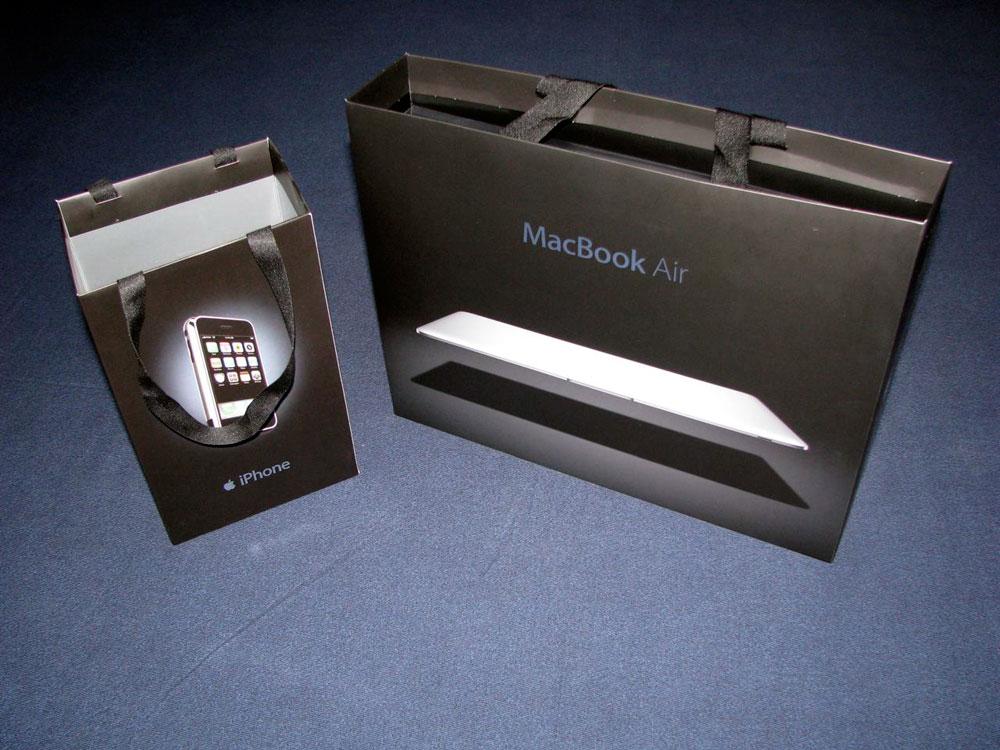

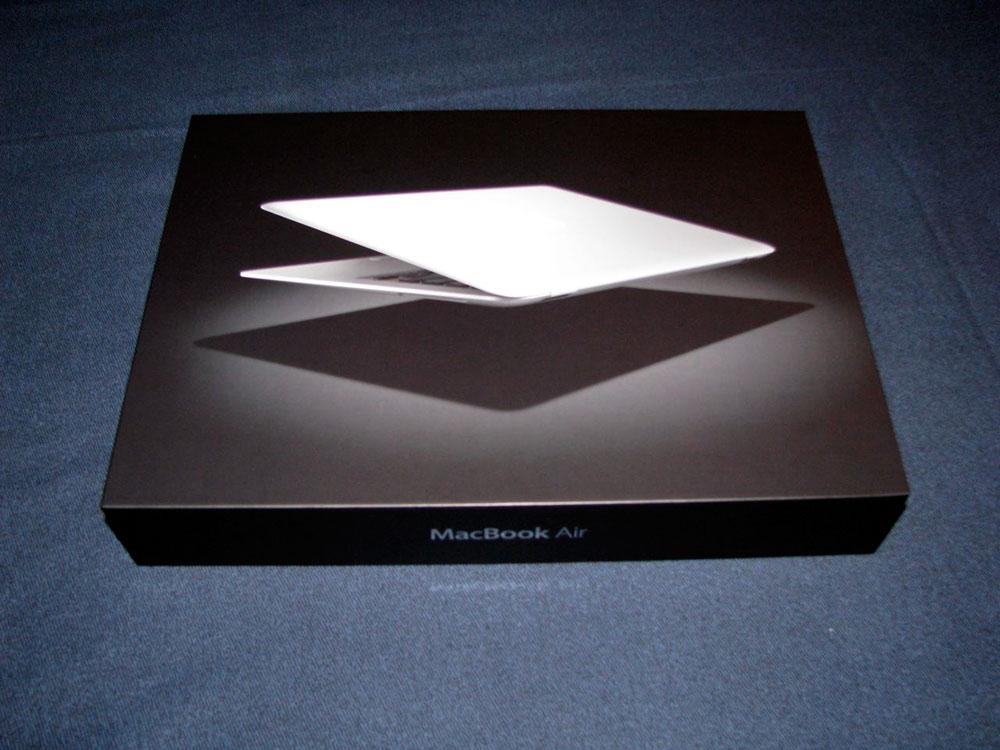
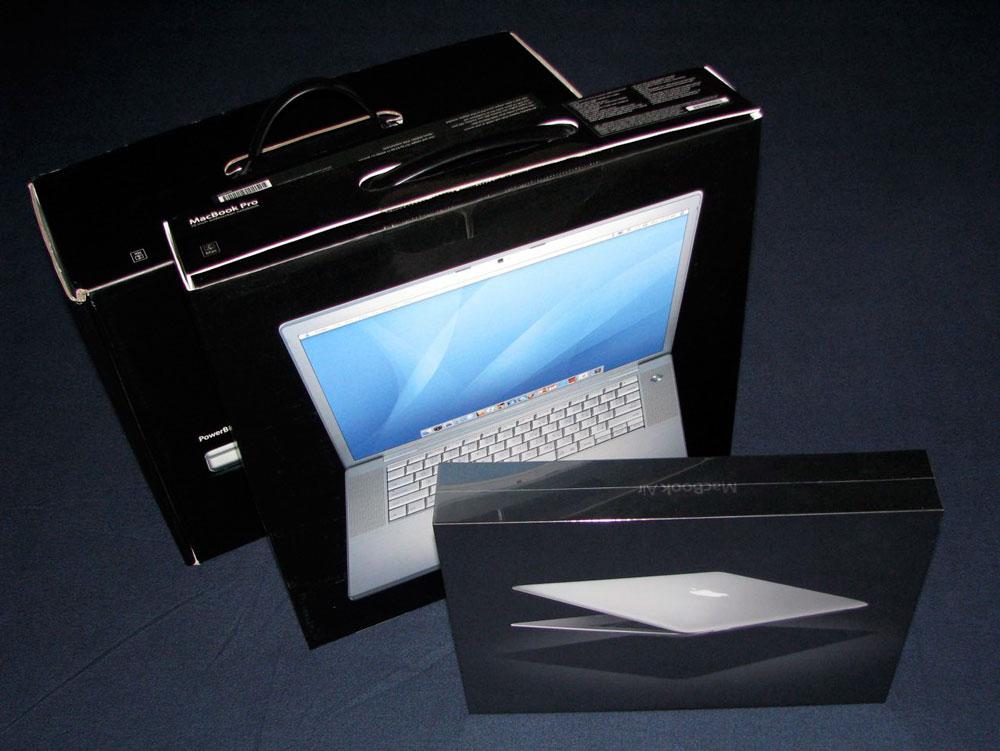
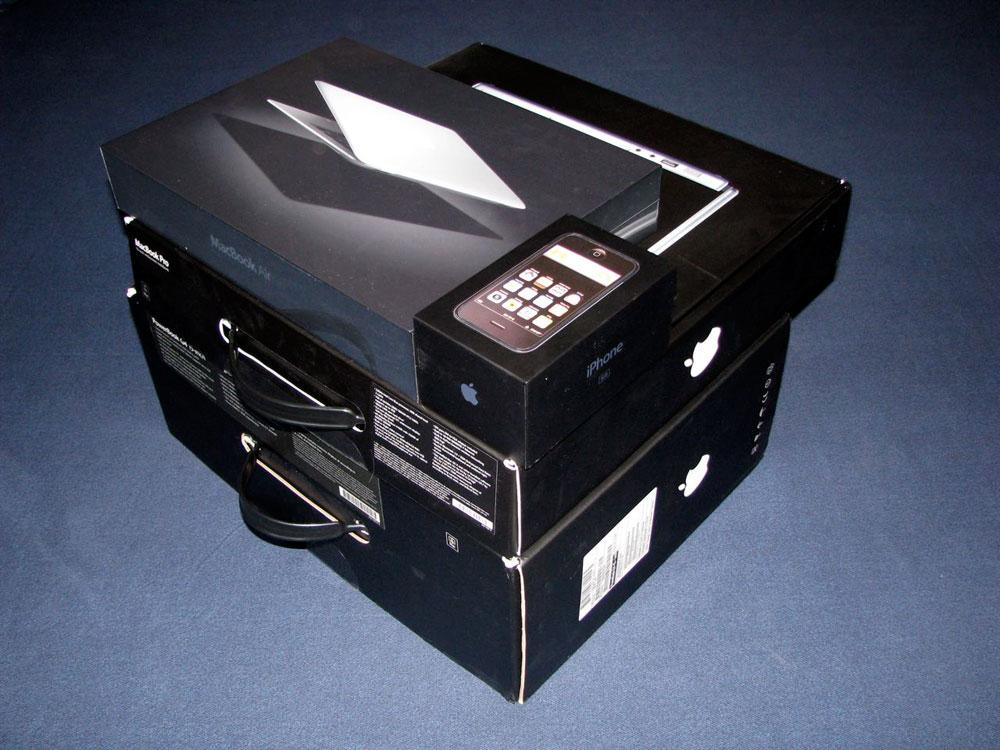
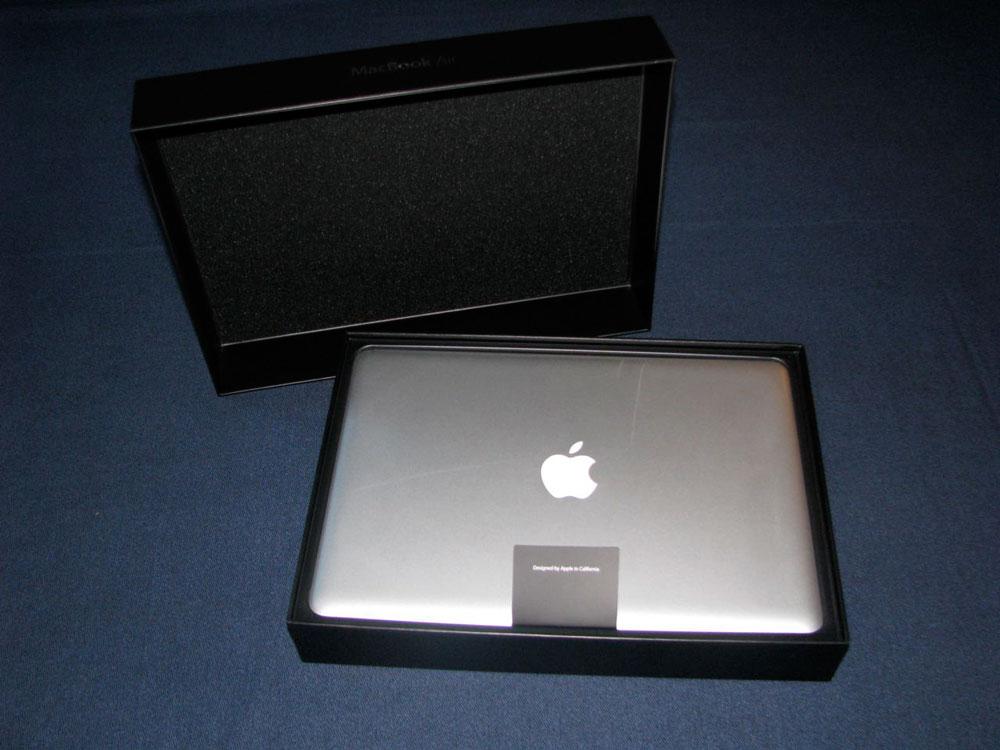
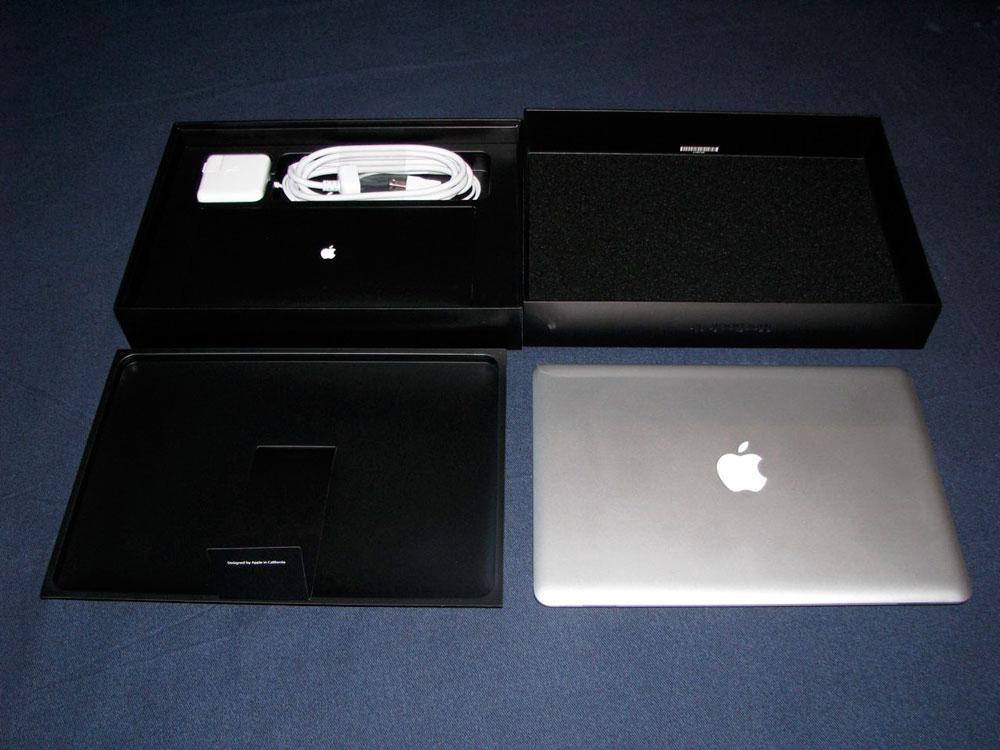
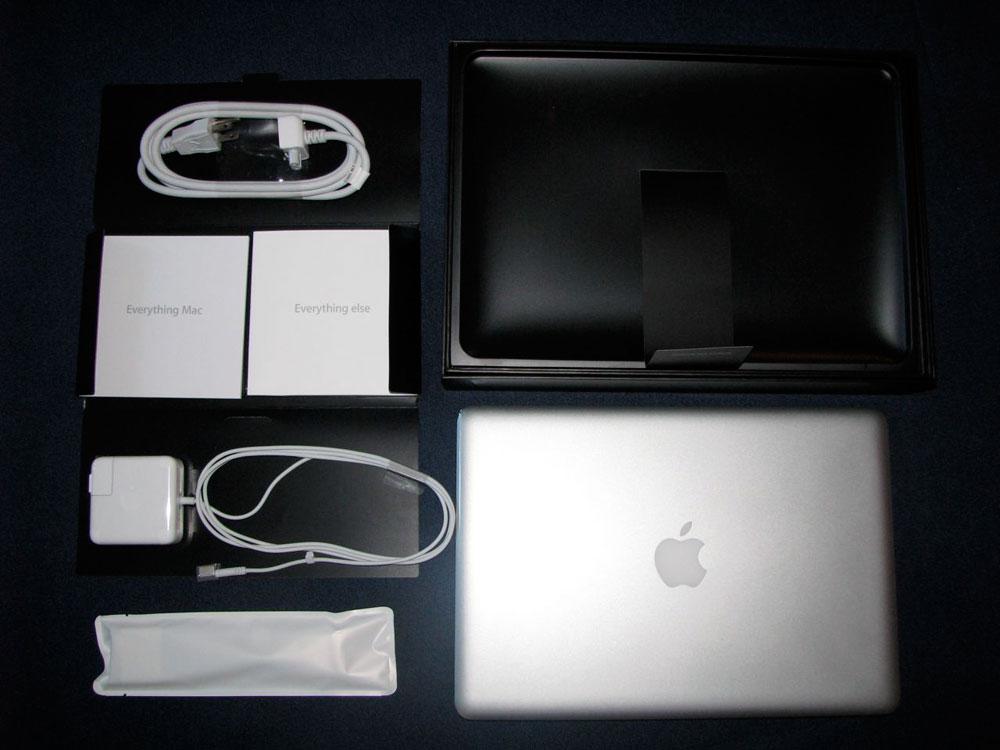

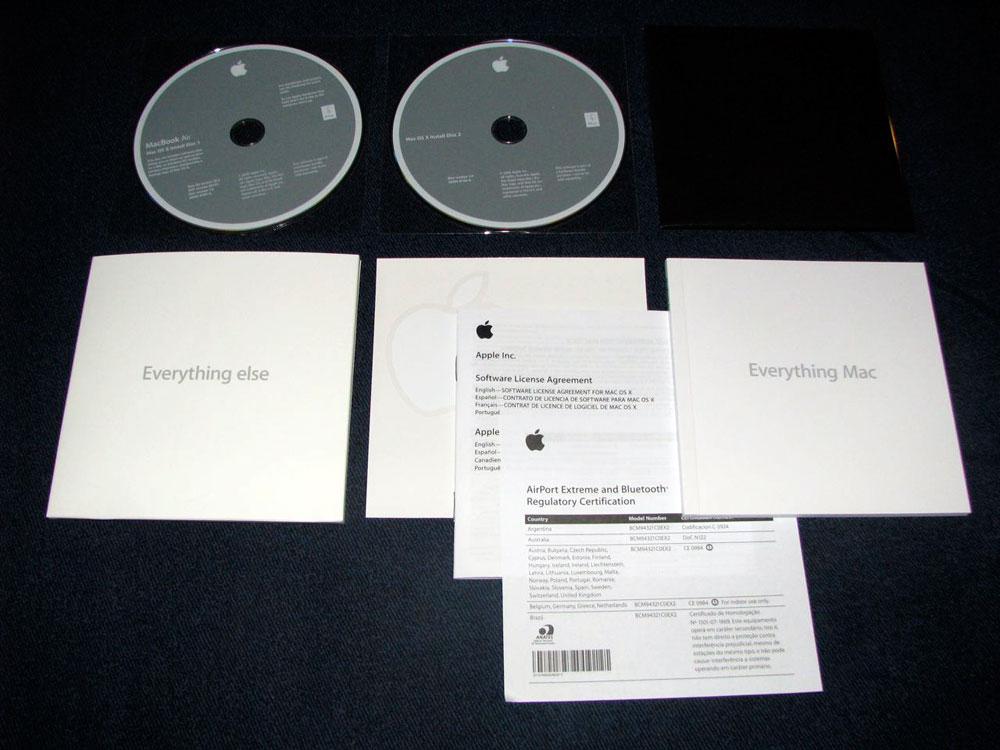
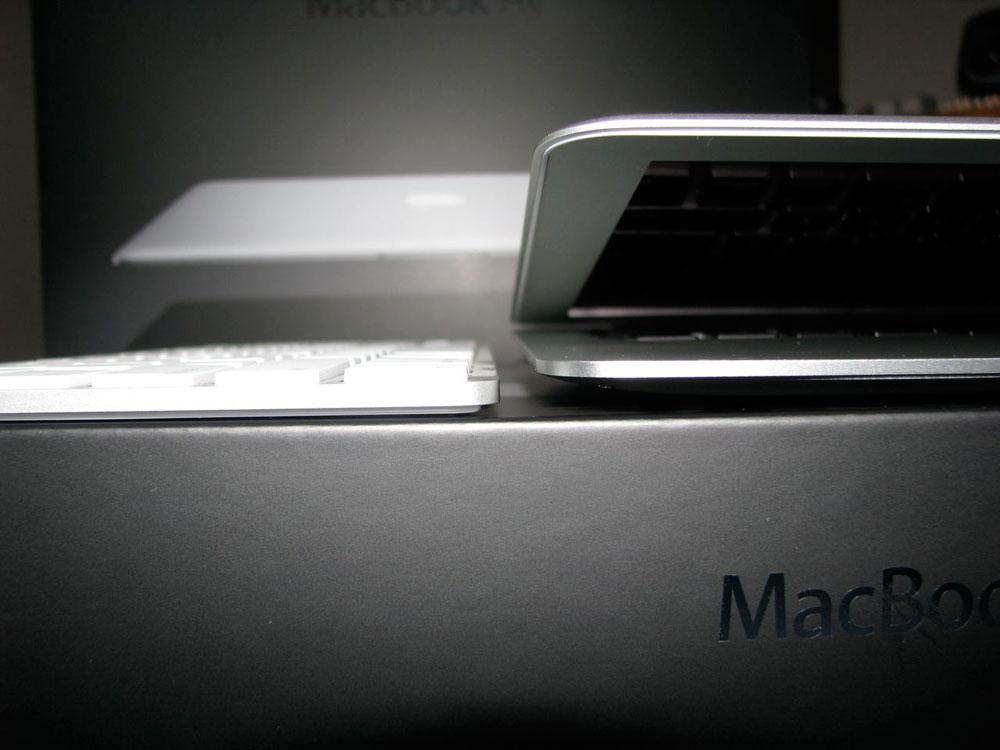
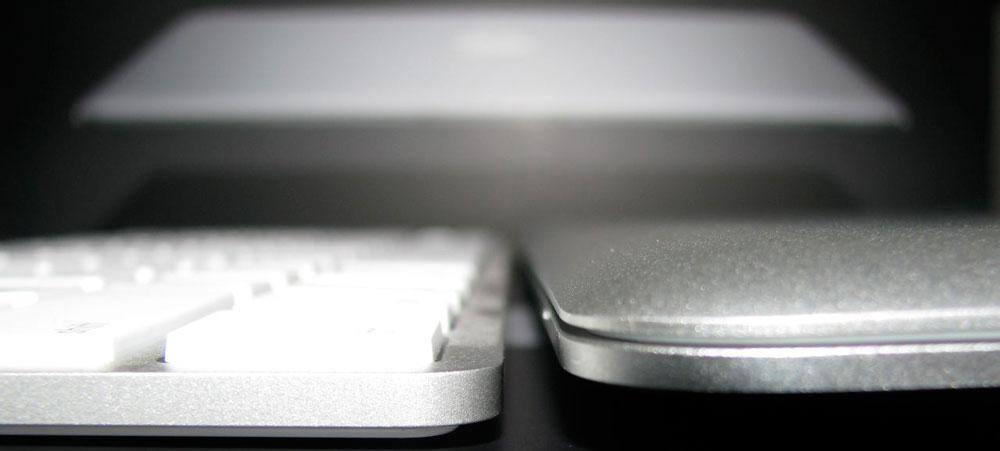





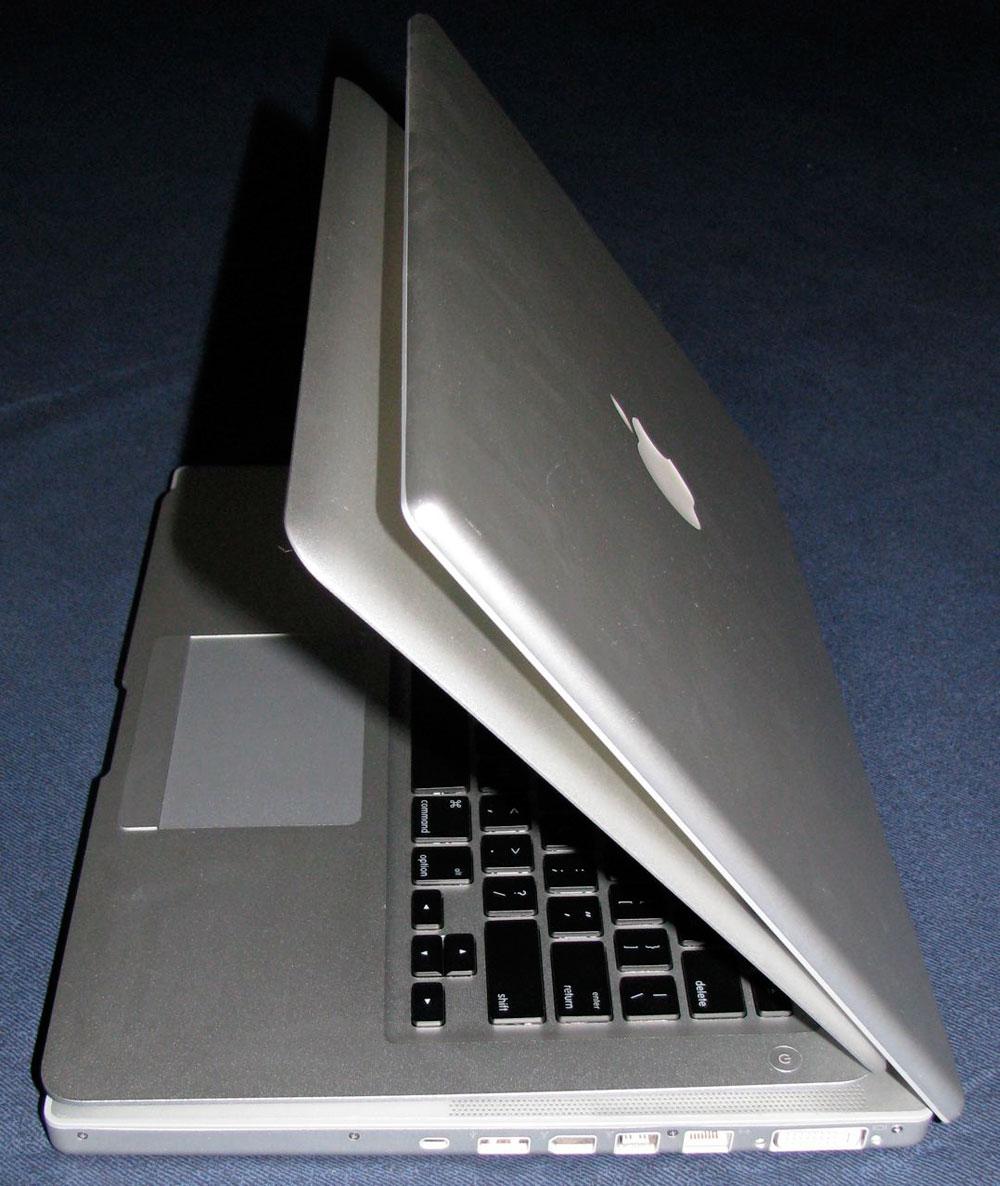
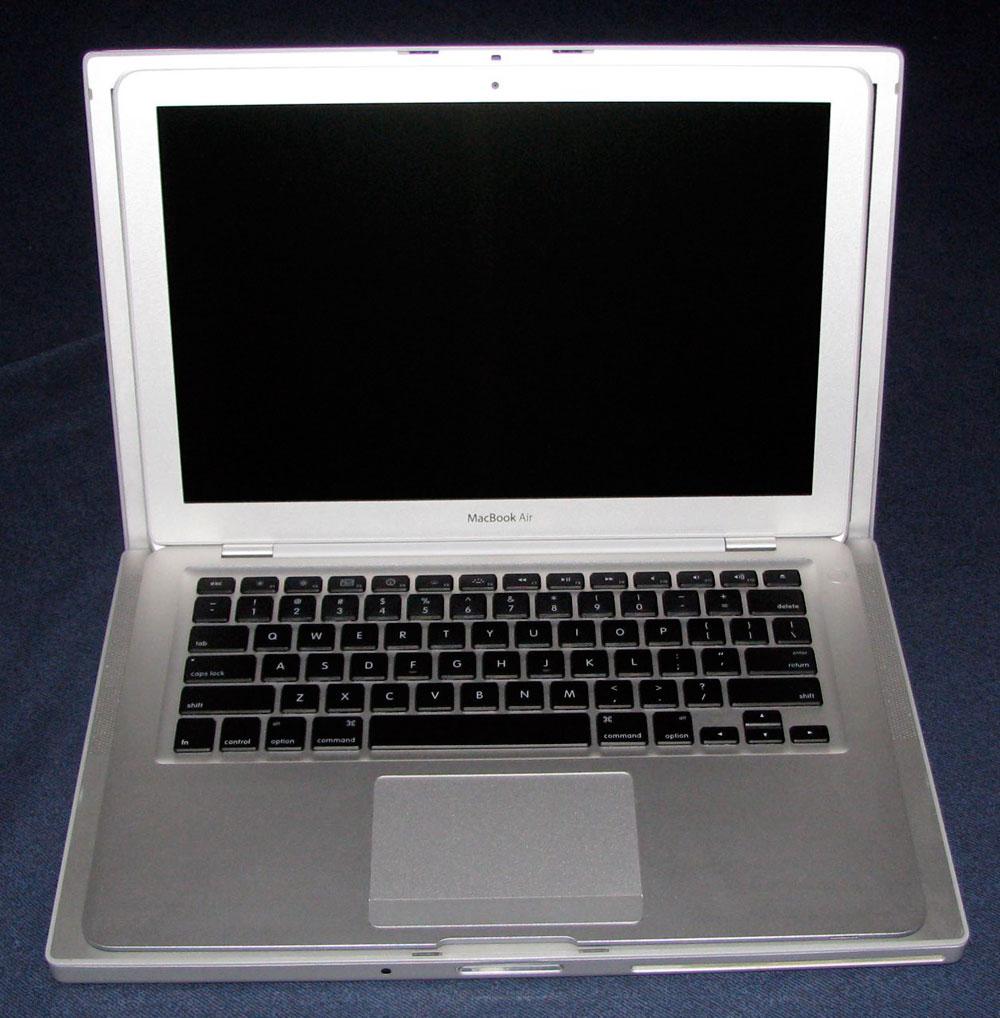

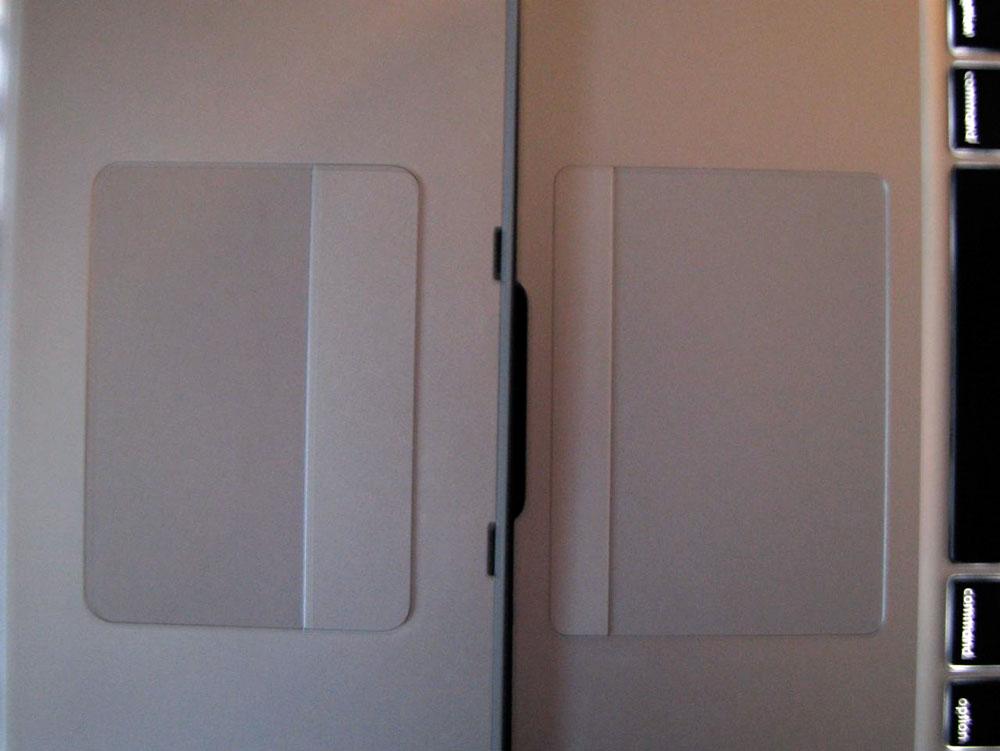
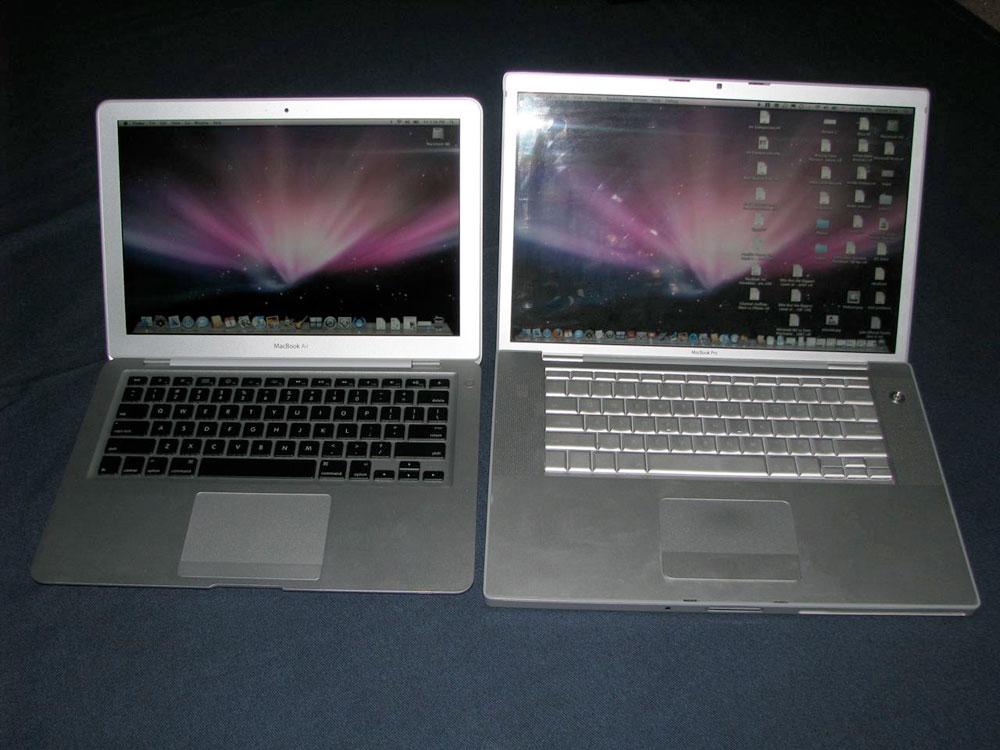
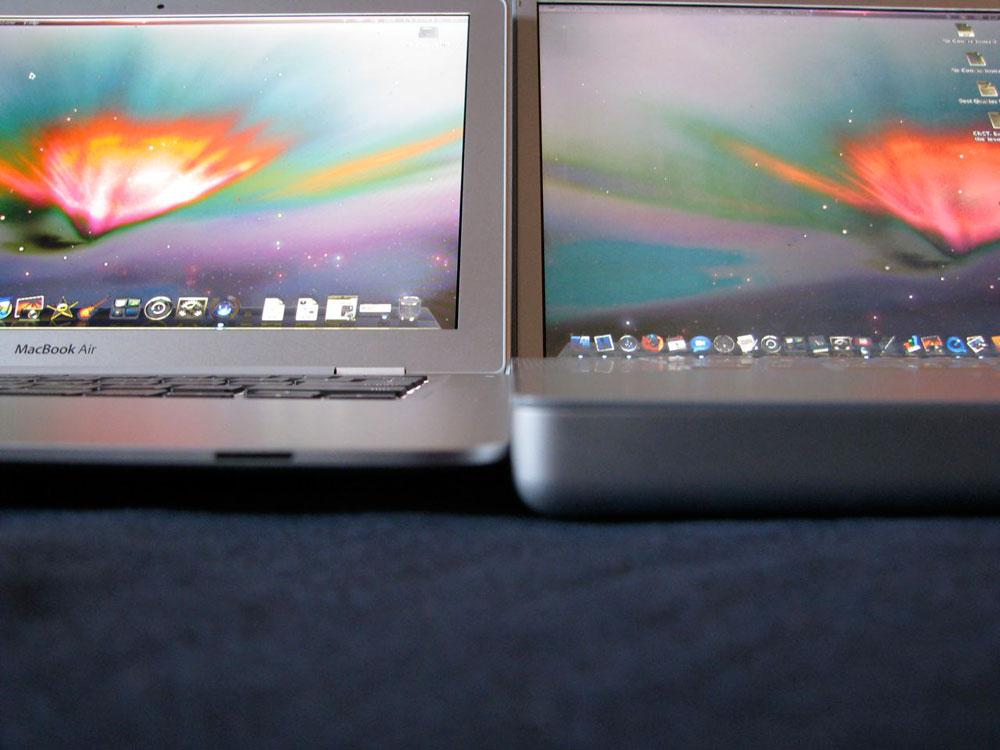
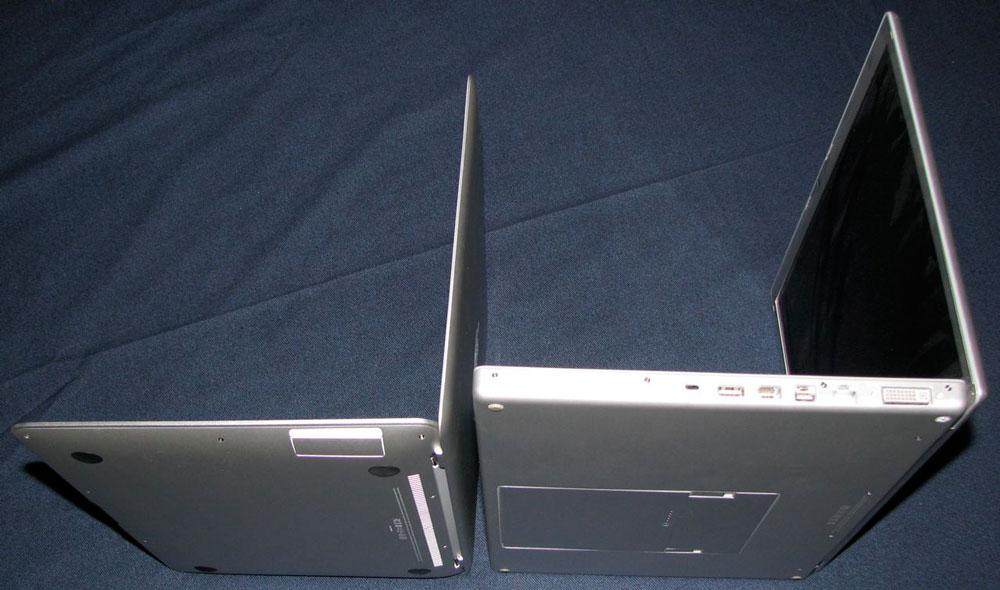
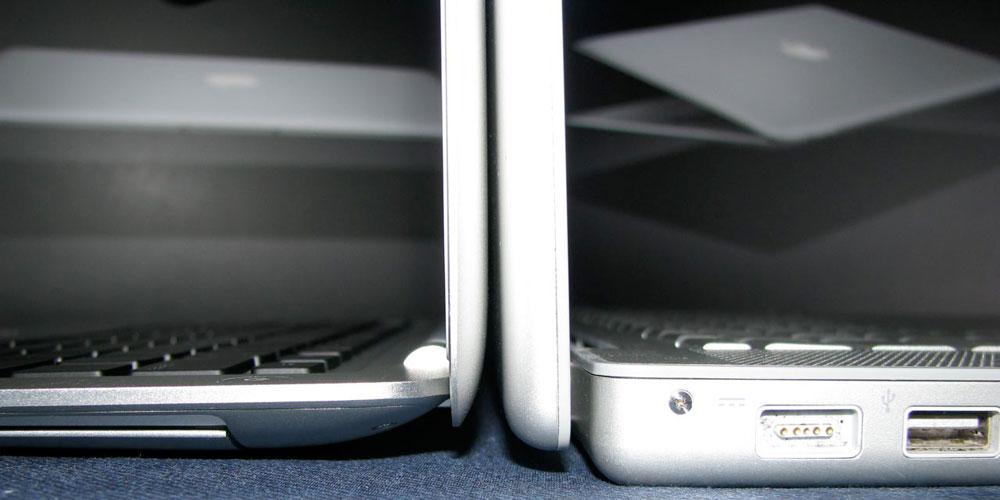
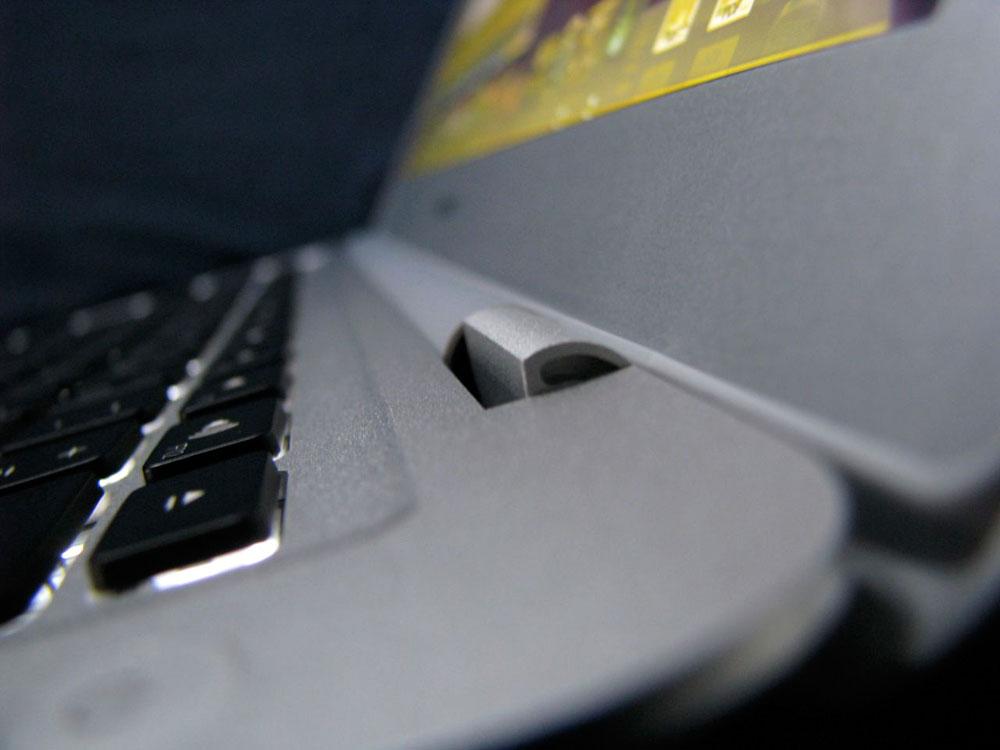
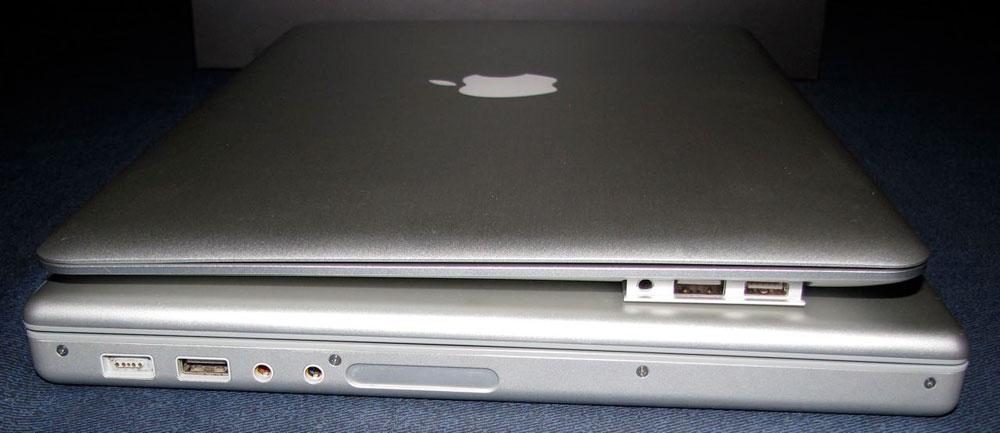
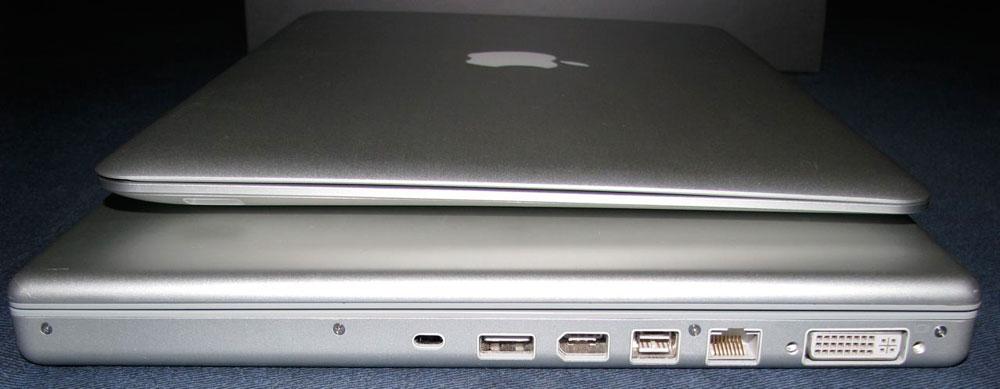

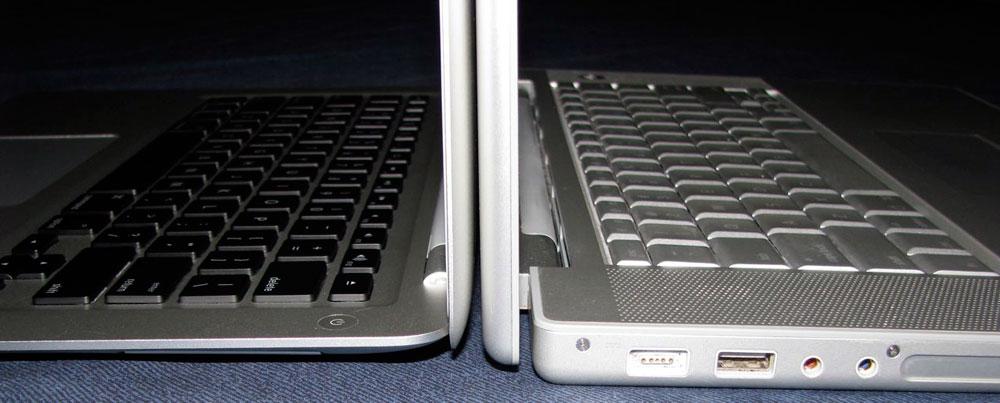
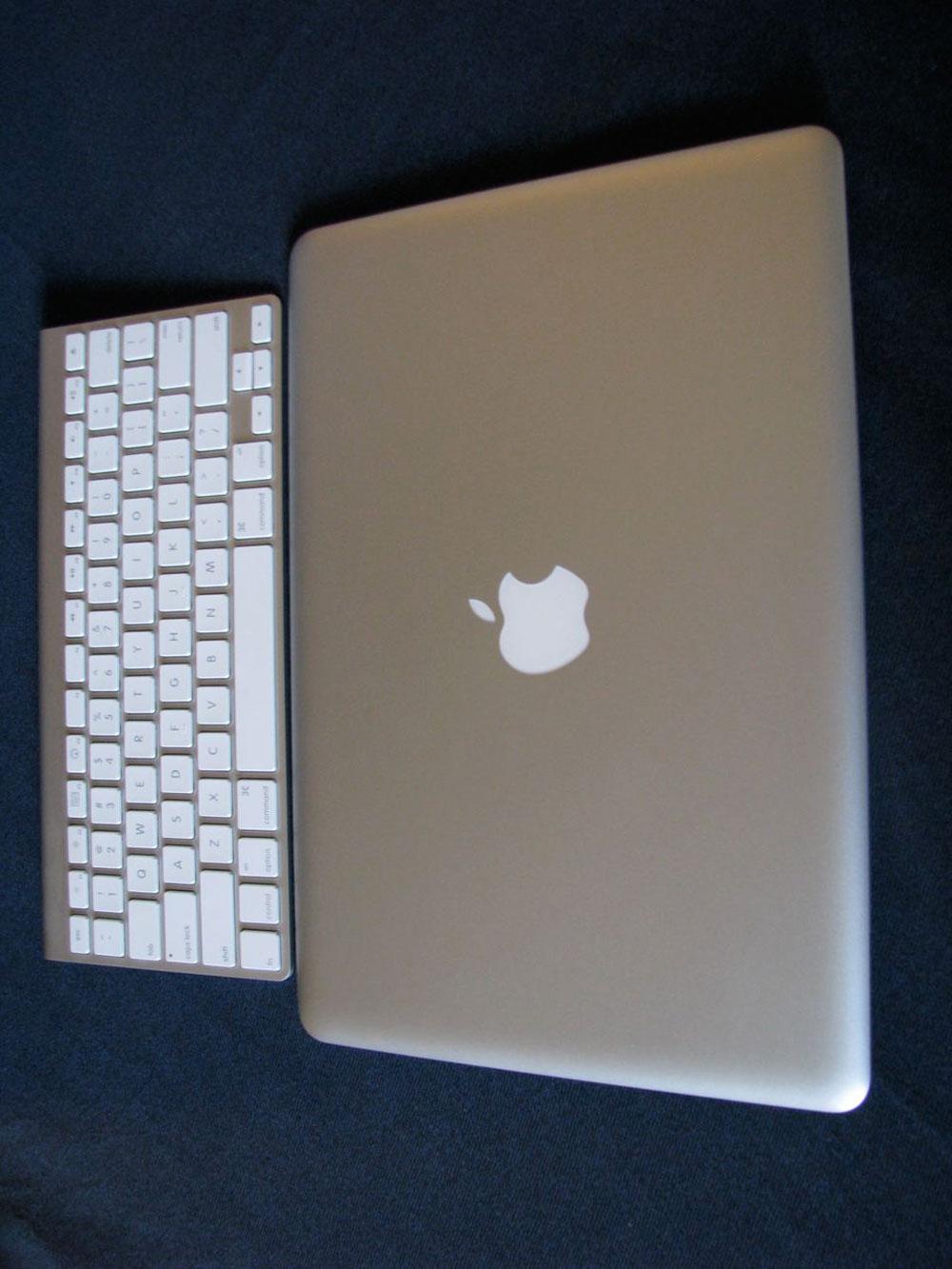
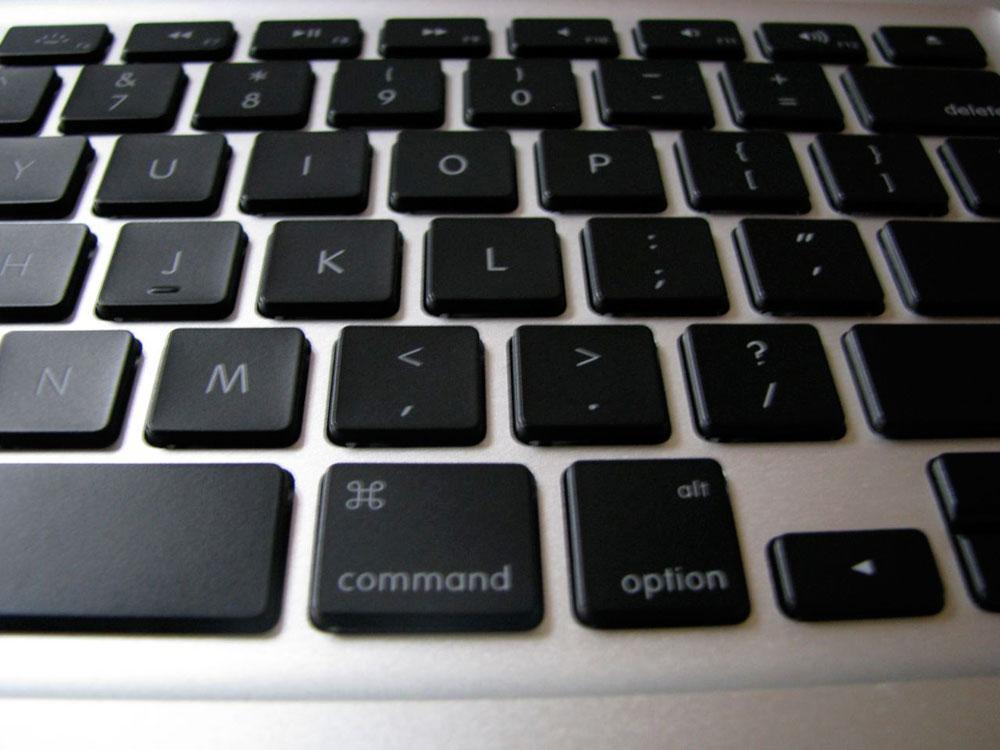
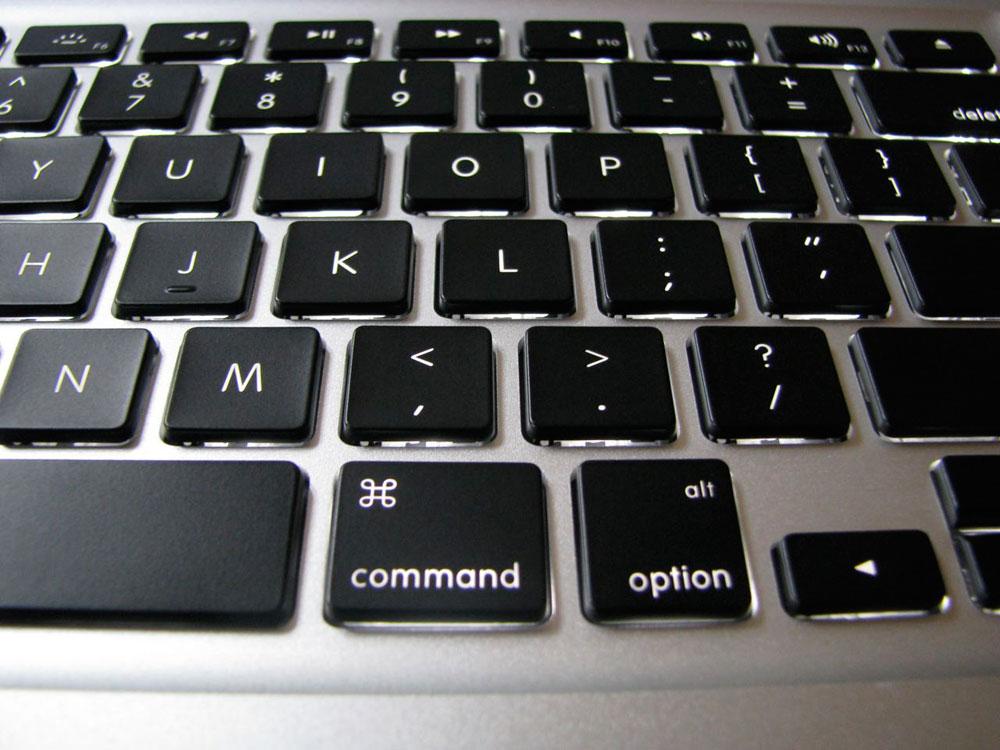
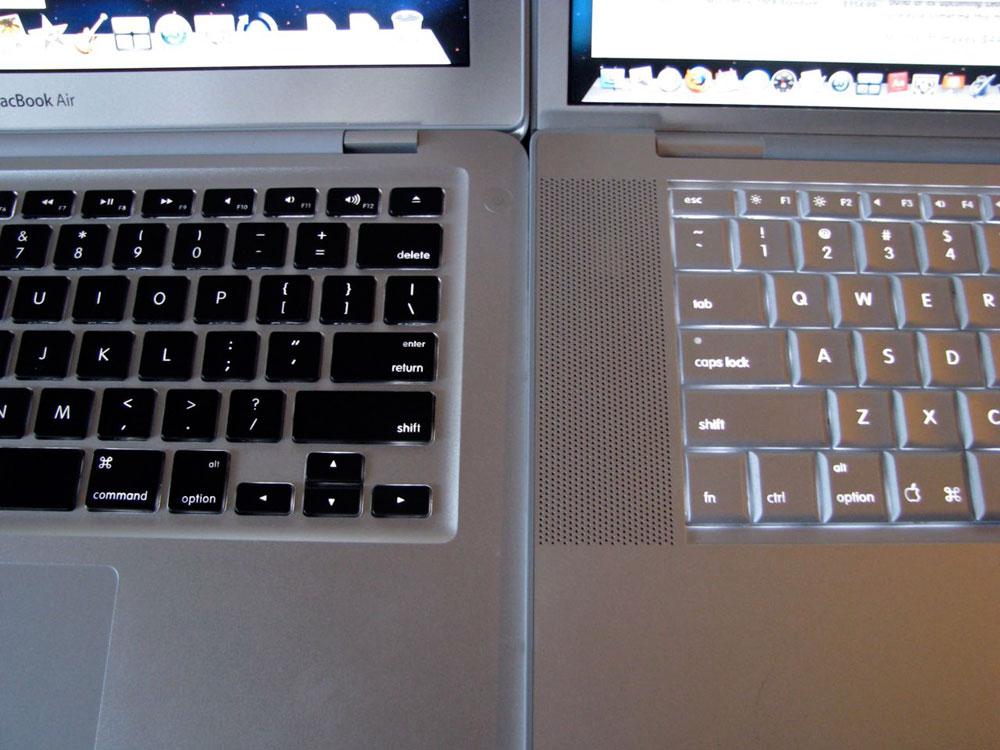
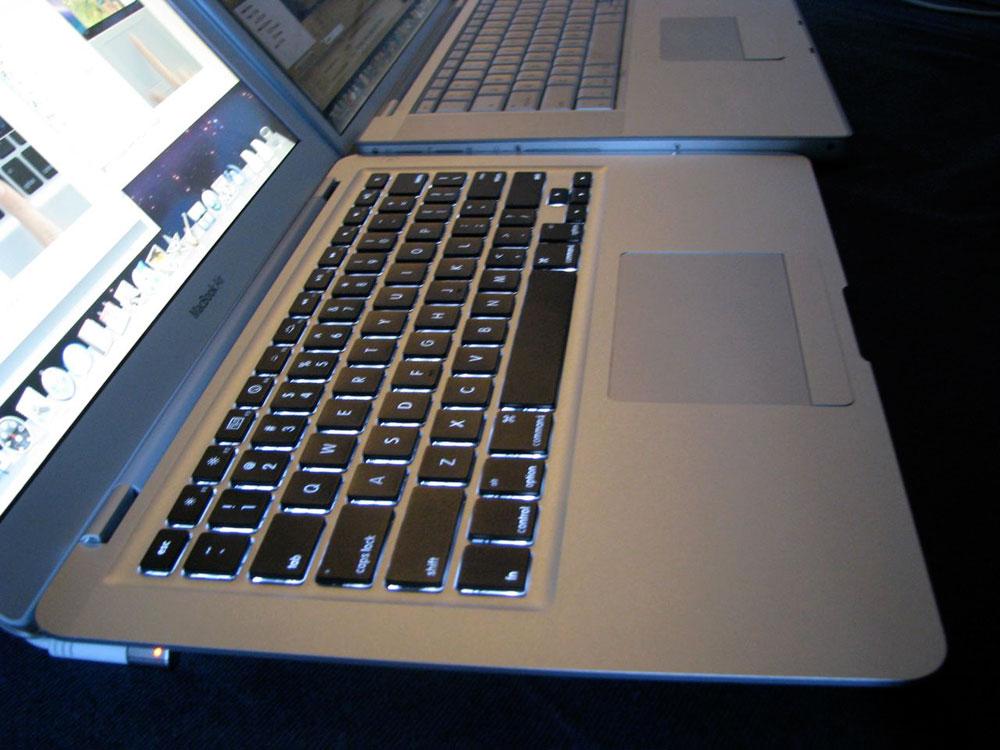



-m.jpg)






 Malcolm Owen
Malcolm Owen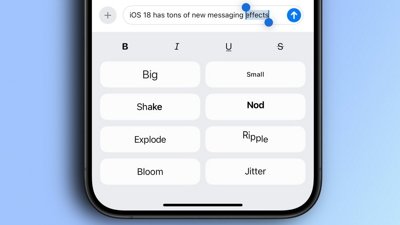
 Oliver Haslam
Oliver Haslam
 Amber Neely
Amber Neely
 Marko Zivkovic and Mike Wuerthele
Marko Zivkovic and Mike Wuerthele
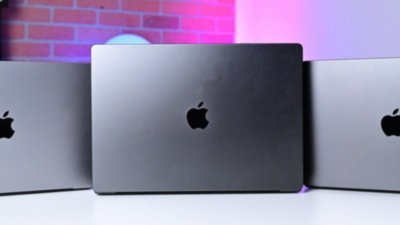
 Andrew Orr
Andrew Orr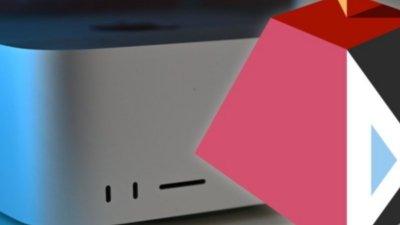


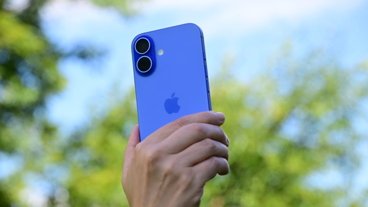








46 Comments
Fantastic pictures. Thanks.
Excellent pictures! This is the first time I've seen pics that put the lissome Air into perspective.
Brilliantly taken pictures. Really shows how thin the Air is. Cheers
Why does this keep getting compared to the MacBook Pro? Surely its specs dictate that the only machine it can be compared with is the MacBook.
Why does this keep getting compared to the MacBook Pro? Surely its specs dictate that the only machine it can be compared with is the MacBook.
These are only images not spec comaprisons. Basing a comparison solely on peripheral support doesn't need images, it's needs a chart. Since these images are comparing size, mostly thinness, and the Pro is 10% thinner than the MacBook it's a good comparison. Plus, it appears that Prince MeLean only hasa MBP to compare it to.
Honestly, there is nothing that it can be compared to. Machines with larger screens and full sized keyboards are cheaper, faster and weigh more, while all the machines that are light-weight don't have near the computing power, display size or comfort in usability. It's a new category.